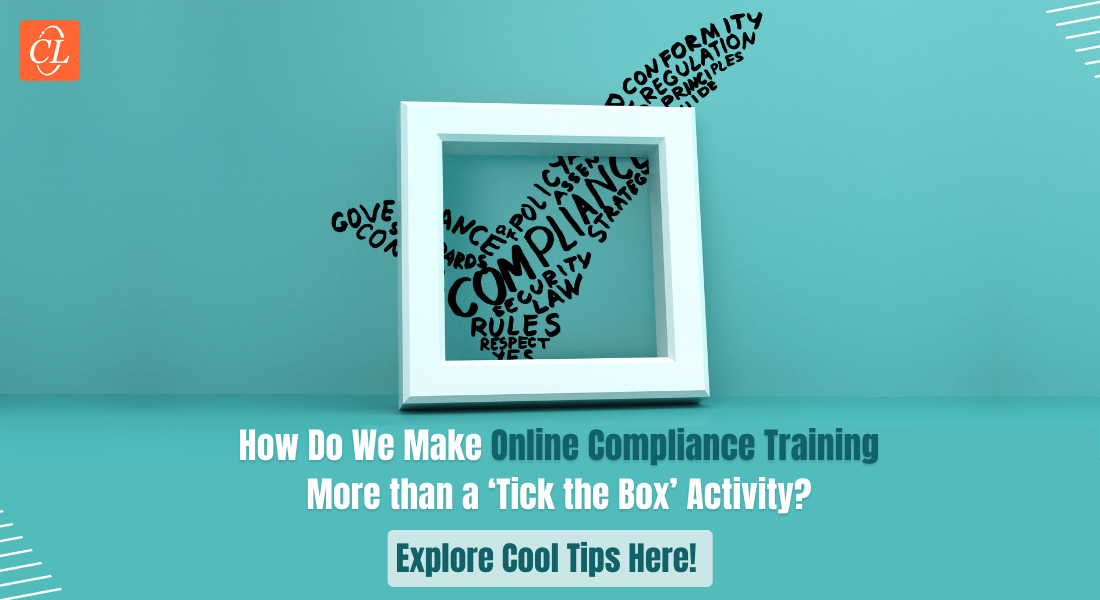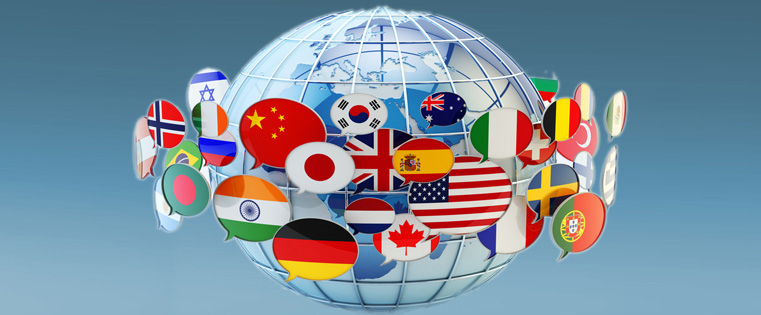How Can L&D Build a Culture of Diversity, Equity, and Inclusion

Diversity, equity, and inclusion (DEI) have been trending in the corporate sector in recent times. Organizations are now looking to create a safe and inclusive workspace, especially following the Great Resignation. This economic period has seen millions of employees exiting the workforce voluntarily because of dissatisfaction and cultural-insensitivity issues, among other reasons.
As a result, organizations are aiming to cultivate a workplace that acknowledges and respects the presence of different races, genders, religions, nationalities, languages, sexual orientations, ages, education levels, and political perspectives.
How to Integrate Diversity, Equity, and Inclusion into the L&D Culture?
Here are 4 ways that can help:
- Hire a Diversity, Equity, and Inclusion Consultant
- Create a Pool of Diverse Training Candidates
- Consider Different Delivery Formats
- Enable Inclusive Leadership and Bias Training
Thus, cultural transformation has become a core L&D initiative for companies looking to reshape their workspace. They are doing this by integrating diversity, equity, and inclusion and improving employee growth, satisfaction, and retention. In this post, we’ll dive deeper into the link between DEI and L&D and share four ways you can integrate DEI into your L&D culture to help you create holistic corporate training programs.
You can kill two birds with one stone by upskilling your employees and at the same time fostering a new company culture. Employee training improves your organizations’ operational efficiency, brand reputation, and bottom line.
Help your L&D Team Make an Impact
The Importance of DEI and DEI Training in the New Normal
Today, businesses are looking for ways to survive, innovate, grow, and outperform their competitors. Diversity, equity, and inclusion have become the keys to achieving these goals in an era of socially aware employees. As a result, companies are making sure they integrate DEI into their corporate training programs and improve all three aspects separately.
Diversity refers to the practice of involving people from different religions, races, genders, nationalities, physical abilities, and sexual orientations. This way, organizations must create rules and processes that focus on their employees respecting these differences and treating everyone with equity in terms of distributing resources and applying policies based on their employees’ needs.
They need to encourage their employees to get involved in growth and development opportunities as well as make decisions at different levels while also ensuring they feel safe and welcomed.
Therefore, training employees on DEI has become as vital as regular technical and non-technical training courses. Here’s a few examples showcasing the need for DEI training in your organization:
1. Social Acceptance
There are several examples of how organizations find themselves with social justice issues, and a lack of cultural diversity is often the primary culprit. The key driver of this trend is the increase in interest modern employees and customers have for their company’s corporate social responsibility activities. They want their organizations to participate in DEI training and address social issues to better serve their communities.
2. Top Talent Recruitment
According to a survey on Glassdoor, over 75% of job seekers evaluate organizations based on how diverse their workforce is. The same survey confirms that over 50% of current employees would like their organizations to do more to make their workplace more diverse.
3. Risk Reduction
Most modern organizations have at least one social media account. If anyone posts something that’s culturally insensitive, be it a meme, video, or text, it can possibly tarnish their business’ reputation. Therefore, a diverse workforce that is aware of the latest societal and cultural issues can reduce the risk of their organization damaging its reputation as well as putting a dent in its sales and revenue.
4. Investor Requirements
In many countries, DEI is swiftly becoming a legal issue. For instance, in the US, many businesses are required to annually file an Equal Employment Opportunity form. This document provides details about their workforce and its diversity. In recent years, many firms have filed their equal opportunity forms. There is a growing demand, nowadays, for companies to provide details of their employee demographics that helps them set or alter their DEI targets.
Companies that don’t meet their employee diversity targets could end up being sued. A great example of this was when, in 2020, Qualcomm, Oracle, and Facebook shareholders sued their board of directors for not creating diverse teams of directors and executives.
4 Ways to Integrate DEI into L&D and Transform Your Workplace Culture
In the modern age, organizations have an abundance of L&D methods to choose from. Depending on their requirements and resources, they can implement traditional instructor-led training, VILT (virtual instructor-led training), eLearning, as well as blended learning solutions, to name a few. The good news is that organizations can use these methods to integrate diversity, equity, and inclusion into their L&D programs. The only challenge is to determine what to include and when include it.
Here are four ways to integrate DEI into L&D and transform your workplace culture:
1. Hire a DEI Consultant
One of the most effective ways to integrate DEI into L&D is by leveraging the power of a DEI consultant. Once you hire them, these professionals can work with your L&D team to identify specific challenges at an employee or wider organization level and create training that addresses them. They can help design content on diverse languages, social justice, race and racism, multiculturalism, sexuality, and comparative ethnic literature.
2. Create a Pool of Diverse Training Candidates
Integrating DEI into L&D programs isn’t just about regulating your employee training programs with a few courses on diversity, equity, and inclusion. You must also create diversity in your training groups to include demographics, like working parents, differently abled people, LGBTQIA, immigrants, and BIPOC. This will help foster an inclusive learning environment no matter what type of concepts or skills you’re developing.
3. Consider Different Delivery Formats
You can design training content to address specific DEI issues. You can also consider the best format for your L&D programs that maximizes DEI awareness and training outcomes. For instance, you can implement virtual-instructor led training, which includes strategies such as discussion groups, quizzes, scenario-based case studies, and fireside chats, either in-person or in virtual learning environments.
If you’re working remotely, you can use video conferencing software like Zoom Meetings. You can also employ collaboration hubs such as Google Workspace and Microsoft 365 to impart knowledge and spread awareness on DEI issues.
4. Enable Inclusive Leadership and Bias Training
Another way to incorporate DEI into your L&D strategy is by investing in inclusive leadership training. Such training can help the leadership at your company understand what it means to be inclusive and to aspire to get promoted to strategic positions of influence. You can also offer unconscious bias training and help your HR teams remove sub-conscious barriers when interacting with new employees and get comfortable with DEI during recruitment or when carrying out performance reviews.
The Bottom Line
So, there you have it. The importance of DEI in the new normal and four ways to assimilate DEI into your L&D strategy. Diversity training can be just as effective as other valid forms of training as it helps organizations foster better and more diverse workplace environments as well as maintain their brands’ reputations.
You can adapt to your corporate training strategy with these DEI initiatives. Once you include them into your L&D programs, you can evaluate your present stance on DEI as well as where you need to be. You can do this by measuring specific KPIs for success, such as job satisfaction, ERG participation, retention, representation, and hiring diversity.
With remote and multicultural workforces becoming the norm in today’s digital era, DEI training may be the answer you need to secure your organization’s sustainability. Also, with workforces being globally dispersed, sometimes it’s challenging to train them. Download this free eBook to help you gain insights into how eLearning translations can help to mitigate your training issues.





